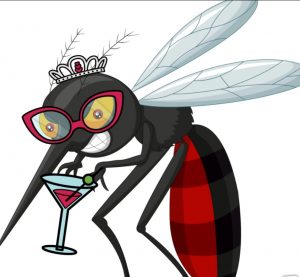Click on the pictures to view the original Task One and redesigned Task Seven:
From Task One ———————> To Task Seven
Task seven provided an opportunity to re-visit the work of the New London Group, which I have read in other ETEC courses, but acknowledge that I did not fully understand. To be honest, I don’t think I am quite there yet; it certainly is a lot to unpack! However, I am in my last term of MET and with 8 courses completed, the concept of multiliteracies and purpose of the group of ten academics is much clearer. This task was a chance to dig deeper and connect my experiences and MET knowledge into the pedagogy. I was able to transform task one of a written document, still image and Venn diagram into a 4 min movie using various modes (sound effects, pictures, music, movement, gestures, writing, speech, drama, etc.) in a mix of design elements including gestural, oral, audio, visual, emotional and spatial. My intention is that multimodality gives a different perspective and pathway to meaning-making than in task one by shifting away from the dominance of printed word. Twisting the third-person point of view of the mosquito is a way to describe the same old items from a unique perspective.
Perhaps the biggest takeaway in this task was further examination and reflection on culture in multiliteracies. Last semester, I took ETEC 565G: Culture and Communication in VLE (now ETEC 542) with Dr. Macfadyen. This course had a profound impact on my teaching, learning and being as it helped to realign my pedagogy to include current state of globalization, diversity and socialization. The New London Group (1996) confirms this as they claim that global shifts have led to demands that cultural and linguistic diversity are critical issues. When examining my product for task seven, I reflected using frameworks and lens from ETEC 565G, such as cultural dimensions, intercultural sensitivity and cultural competence to look critically at what I present to others and for others. For example, there are ‘Northern’ context references that would not be situated or understandable to, say my close friend in Louisiana who grew up in Trinidad (DEET, unbearable mosquitos, cold climate). My use of my ‘colourful’ language would have an effect on Hofstede’s cultural dimension of uncertainty avoidance; something my kid laughed off and my formal, strict Grandmother would have severely scolded me for. Culture plays a significant role in meaning-making and construction of knowledge, just as multiliteracies does. I am grateful that task seven afforded an opportunity to take another look at the work of the New London Group.
New London Group. (1996). A pedagogy of multiliteracies: Designing social futures. Harvard Educational Review, 66, 60–92.
Parrish, P. & Linder-VanBerschot, J. A. (2010). Cultural dimensions of learning: Addressing the challenges of multicultural instruction. International Review of Research in Open and Distance Learning, 11(2), 1-19.



Hi Valerie,
I’m unable to view your mode-bending task because the YouTube video is set to “Private”.
Others will be able to view it if you change it to “Unlisted” or “Public”.
Unlisted > can only view with URL, not found via search
Thanks, Linda.
My bad! I fixed it. Try again and it should work.
Valerie
It is fixed! This was hilarious. I loved the mosquito narrative and thank you for beeping out the language but including the swearing emoji. I have been thinking about how this emoji would have been received a decade or two (if they existed) ago, I am “fortunate” enough to appreciate “northern culture” and the need for Deet. Great point about globalization: “global shifts have led to demands that cultural and linguistic diversity are critical issues.” I wonder, how do we make ourselves understood while still preserving that diversity?